Yala Safari Adventure
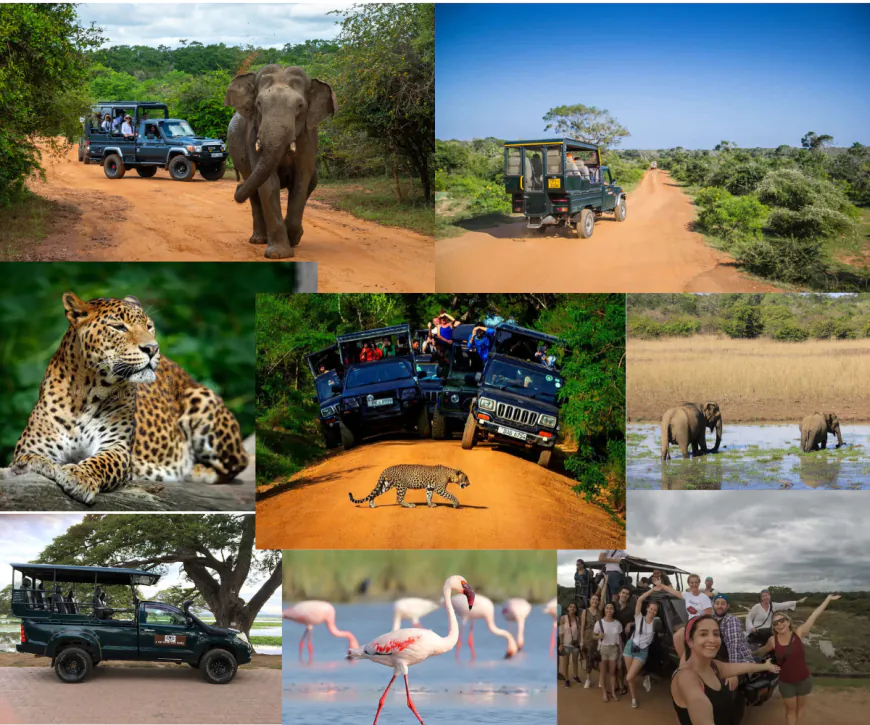
-
Introduction
Yala National Park, one of Sri Lanka's most iconic sanctuaries, offers a spectacular wildlife experience. Known for its rich biodiversity and as the home to the world's densest leopard population, Yala invites you to explore vast landscapes through exciting safari options. From tracking elephants and elusive sloth bears to marveling at abundant bird species, Yala's ecosystems reveal Sri Lanka’s wild beauty.
-
Wildlife Paradise Overview
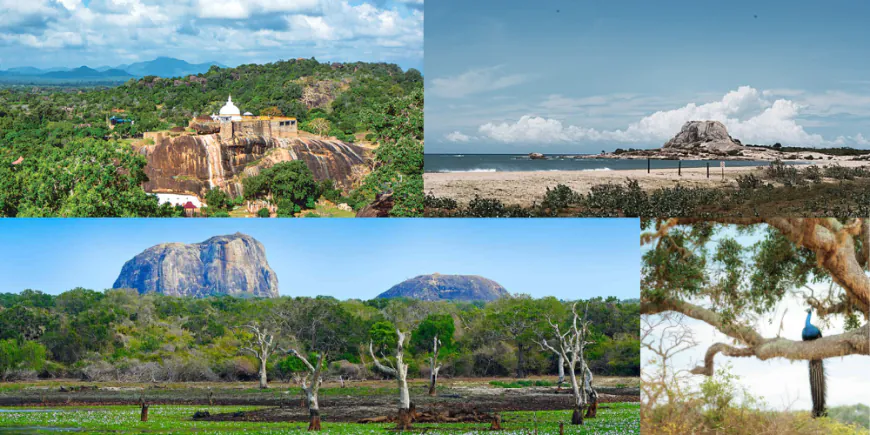
Yala, located in southeastern Sri Lanka, spans over 979 square kilometers and stands as the second-largest park in the country. Since its early days as a wildlife sanctuary in 1900 and its establishment as a national park in 1938, Yala has been a premier destination for nature lovers, with landscapes varying from forests and grasslands to serene lagoons along the Indian Ocean coastline.
With its incredible ecological diversity, Yala hosts 44 mammal species and over 215 bird species, including endemic varieties. Visitors to the park may encounter everything from elephants and water buffalo to rare sightings of leopards and the quirky sloth bear. The best wildlife viewing often takes place during Yala's dry season, from February to July, when animals gather near dwindling water sources.
Beyond its wildlife, Yala holds historical intrigue. Within its boundaries are ruins from ancient civilizations and jungle monasteries, including the Buddhist sites Sithulpahuwa and Magul Vihara. These remnants offer a fascinating cultural aspect to Yala’s natural wonders, adding another layer to this extraordinary landscape.
-
Wildlife Safari Hub
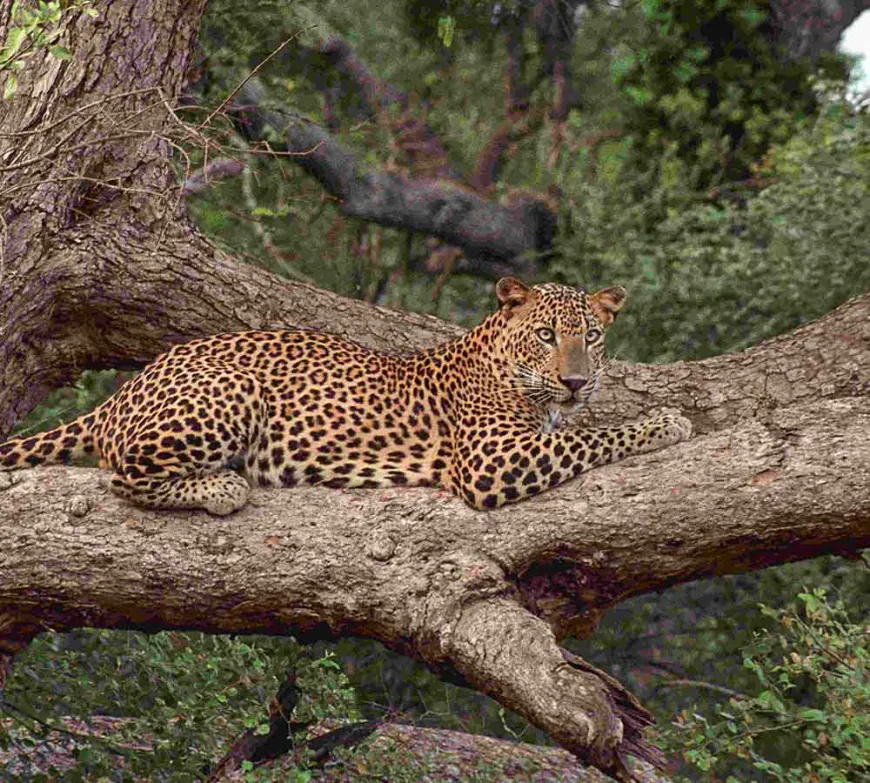
Safari experiences are central to Yala's appeal, providing much more than sightseeing. Yala’s safari tours contribute significantly to conservation efforts, foster local employment, and support eco-friendly tourism. Divided into five primary blocks, Yala offers access to Blocks 1 and 2, which are particularly popular for sightings of leopards, elephants, and a wealth of bird species.
Safaris in Yala emphasize sustainable tourism, with visitor revenue reinvested into conservation. By choosing reputable, eco-conscious tours, visitors play a part in protecting Yala's rich biodiversity while gaining unforgettable memories of nature’s grandeur.
-
Safari Experience Options
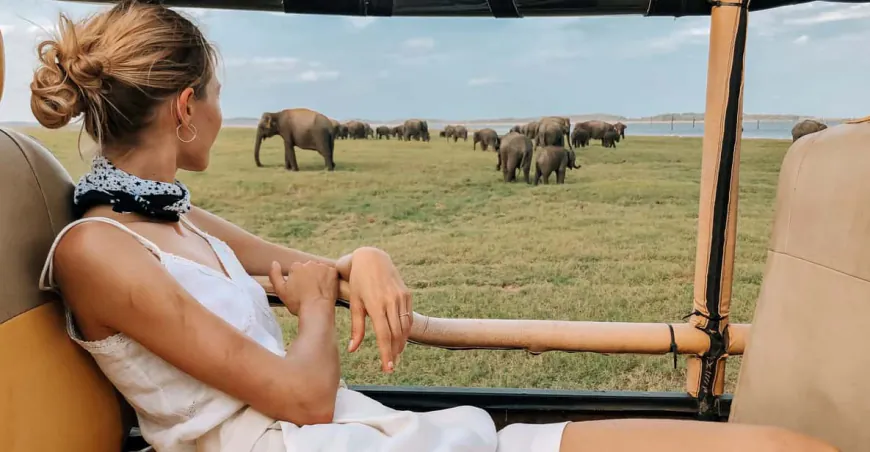
Yala's safari options accommodate all levels of interest, from half-day jeep safaris to specialized bird-watching tours:
Safari Type Description Highlights Jeep Safaris Popular choice for exploring large areas in 4x4 vehicles Half-day or full-day; best for broad sightings Walking Safaris Limited access on foot for close encounters with nature Ideal for studying plants and smaller wildlife Birdwatching Tours Led by ornithologists for dedicated bird enthusiasts Best during mornings and afternoons Nighttime Safaris Select nighttime experiences with restricted access Unique chance to spot nocturnal wildlife Jeep safaris are the most accessible, running early in the morning to maximize sightings of leopards and other active animals. Walking safaris, though limited for safety reasons, offer a more immersive experience, perfect for appreciating the park’s subtle details. Birdwatching tours showcase Yala’s incredible avian diversity, and limited nighttime safaris offer a glimpse into the park’s nocturnal life.
-
Peak Wildlife Seasons
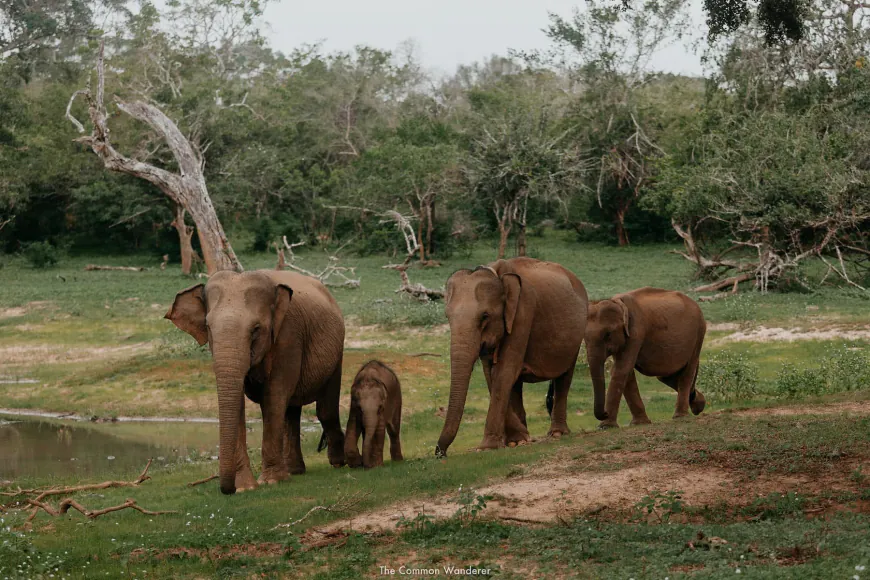
Yala’s seasonal shifts influence animal behavior and visibility, making certain months better for specific sightings:
- Dry Season (February - June): Low water levels make it easier to spot animals near water sources. March offers peak leopard sightings.
- Wet Season (October - January): Dense greenery and active birdlife make this ideal for birdwatching, though rains can impact visibility.
- Shoulder Season (July - September): Still good for sightings, with fewer visitors; note that Yala may close in September for maintenance.
Leopards are most commonly seen during the dry season, while birdwatchers may prefer November to January for spotting migratory species. The early morning safaris offer a lively glimpse of the park before temperatures peak, while late afternoon drives often conclude with breathtaking sunsets over Yala's landscape.
-
Wildlife Hotspots and Routes
Yala’s five blocks feature unique zones for exceptional wildlife encounters:
- Block 1 (Ruhuna): Yala’s most famous area, hosting diverse habitats that attract leopards and other wildlife.
- Block 2: Less crowded, with standout areas for elephant and bird sightings, including Buttuwa Tank.
- Block 5 (Strict Nature Reserve): A pristine zone requiring special permits, rich in leopards and other mammals.
Popular routes include the circular path through Block 1, the scenic drive along Menik River, and routes to Patanangala beach. Guides often tailor routes to maximize recent wildlife sightings, ensuring a rewarding experience.
-
Safari Etiquette and Safety
A respectful approach to safaris preserves Yala’s delicate ecosystem. Observing park guidelines helps safeguard the area’s natural beauty:
- Respect Wildlife: Maintain distance, avoid loud noises, and do not feed animals.
- Stay on Designated Routes: Off-road driving is prohibited to prevent habitat disruption.
- Support Local Communities: Use local services and buy from community-based enterprises.
- Stay Safe: Keep hands inside vehicles, wear neutral clothing, and be aware of surroundings.
Yala’s beauty is best experienced with mindfulness, allowing future visitors to enjoy the park’s wonders.
-
Wildlife Photography Essentials
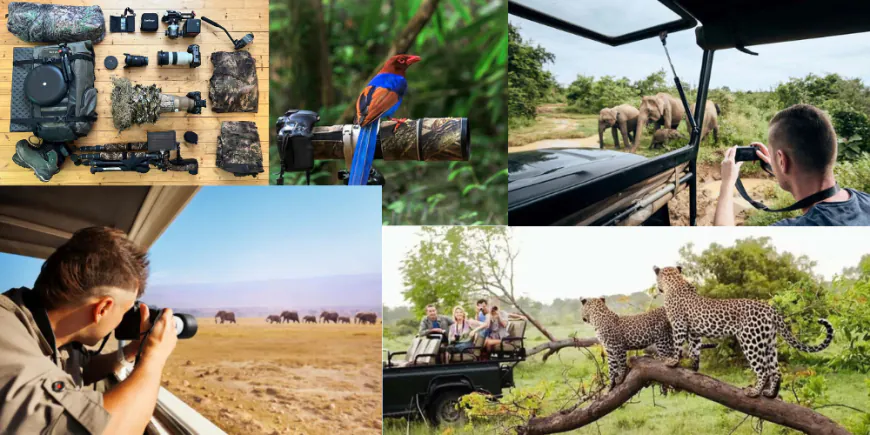
For photographers, Yala presents a dreamlike setting, with dynamic wildlife and shifting light conditions. Some tips for capturing memorable shots:
- Settings: Fast shutter speeds (1/500s or higher) freeze animal movement; use aperture priority mode for controlled depth of field.
- Composition: Focus on animal eyes for a captivating effect; use the rule of thirds for balanced framing.
- Gear: Telephoto lenses (200mm+) are ideal for distant shots, with a sturdy tripod for stability. Pack extra batteries, memory cards, and protective covers.
Patience is key to photographing wildlife. Observing animals from afar can yield natural, stunning moments without intrusion.
-
Unforgettable Wilderness Adventure
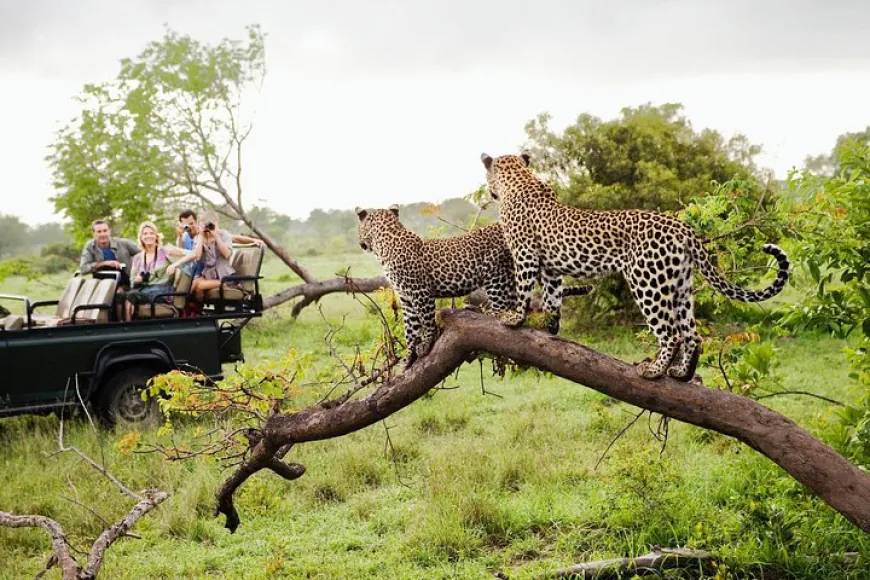
Yala National Park promises a thrilling experience, from the pursuit of leopards to the serene gathering of elephants at watering holes. Whether you’re drawn to the excitement of big cat sightings, the quiet beauty of birdwatching, or the deeper cultural heritage embedded in Yala’s landscapes, each visit offers an unforgettable immersion in Sri Lanka's wild heart.
More than just a tourist destination, Yala represents a commitment to conservation and cultural preservation. Choosing a Yala safari means supporting a vital ecosystem and contributing to sustainable tourism efforts. Embark on a journey to this breathtaking wilderness, and experience an adventure that will leave you with memories – and perhaps a deeper respect for the beauty and complexity of nature. Yala National Park is truly a celebration of Sri Lanka’s magnificent wilderness, offering every visitor a chance to connect with nature in its purest form.
-
Frequently Asked Questions
4o -
Connect With Us
Enhance your Yala experience and stay up-to-date with the latest news, wildlife sightings, and conservation projects. Here’s how you can stay engaged:
Contact Us for More Information
- Email: hi@yalalk.com
- Phone: +94 723 456 726
- Website: yalalk.com
Join Our Newsletter
Subscribe to our monthly newsletter for exclusive updates, photography tips, and special offers on safari packages. Visit yalalk.com to sign up!Engage with Our Community
- Blog Comments: Share your Yala experiences or ask questions on our blog.
- Social Shares: Spread the word about Yala’s wildlife and conservation efforts by sharing our articles on social media.
Follow Us on Social Media
Stay updated with daily wildlife sightings and stunning photography on our social channels:Support Conservation Efforts
Explore our ongoing conservation projects and find out how you can support Yala’s ecosystem by visiting our website.Your engagement helps improve our services and supports the preservation of Yala’s unique wildlife. We look forward to helping you plan an unforgettable safari!
What's Your Reaction?








































